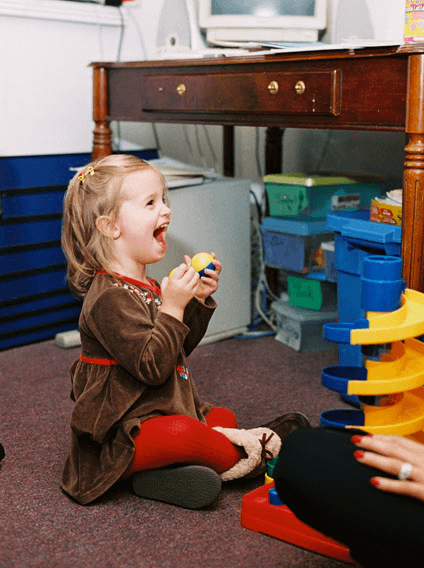FREQUENTLY ASKED QUESTIONS
If you have speech-language pathology and occupational therapy questions that we didn’t cover here, just give us a call!
The diagnosis of speech and language delays and disorders is wide ranging. Some speech delays can be caused by specifically identified developmental maladies, such as cleft palate or Cerebral Palsy. In children with oral motor weakness, one factor that is often cited is extensive usage of a pacifier, sippy cup or thumb sucking all of which perpetuate infantile oral movements. Research on this is inconclusive, however our clinical experience suggests that this can factor into such areas of weakness. Chronic ear infections and upper respiratory infections are also thought to contribute to oral motor weakness. In many cases however, the root cause of a disorder is difficult to determine.
The primary goal in all of our therapy is to help your child overcome areas that might be getting in the way of this development. Our Occupational Therapy sessions often address areas of self-help skills, social interactions, attention deficits, and overall difficulties that children have interacting with the world around them.

